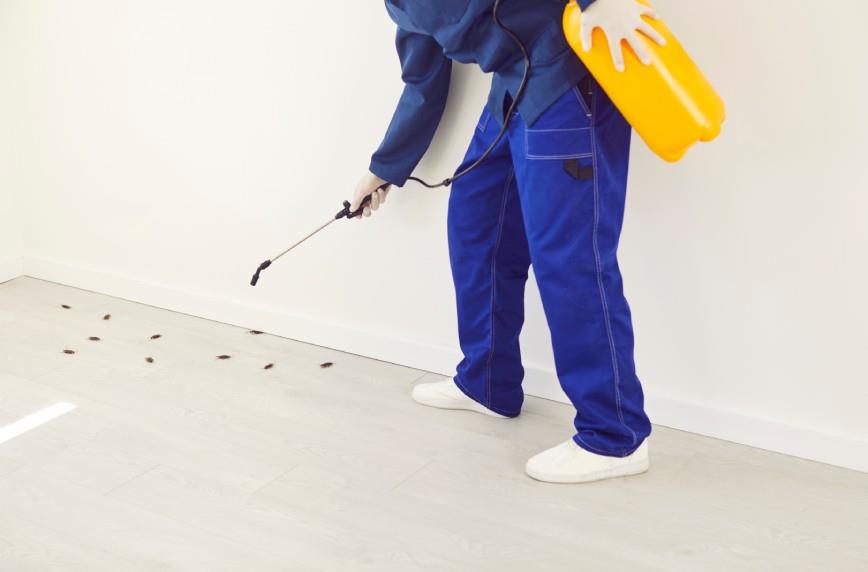5 Entry Points Pests Use To Enter Your Home | Billy.com


As a homeowner, there’s nothing more unsettling than discovering uninvited guests in the form of pests. From ants to rodents, these critters will find a way inside if given the chance. And while it’s good to know, no one really wants to have to put their knowledge of handling wild animals in the home to the test.
Understanding the entry points pests use to enter your home is a crucial part of fortifying your space against these unwelcome visitors. Let’s dive into the five most common access points and how you can guard them against critters of all kinds.
Cracks and Gaps in the Foundation
Cracks and gaps are among the most common entry points in your home’s foundation. These tiny openings might seem insignificant, but they’re akin to open doors for insects and rodents (welcome mat and all). Regularly inspect your foundation for any signs of wear and tear. Take steps if you notice a gap in your foundation slab, as even a small crack can be an invitation for pests.
An easy fix involves sealing these gaps with caulk or weatherproof sealant. This simple measure not only keeps pests out but also helps you maintain the structural integrity of your home.
Windows and Doors
Windows and doors are essential elements of your home, but they can also serve as gateways for pests. Insects, especially flies and mosquitoes, are adept at slipping through even the smallest openings around your windows and doors. Ensure that all your windows have reliable screens, and be sure to install door sweeps on exterior doors.
Additionally, check for gaps around the frames and use weatherstripping to close those spaces. This quick step can keep pests at bay while also improving your home’s energy efficiency. It’s a win-win!
Roof and Attic Vents
Your roof and attic vents provide necessary ventilation, but they can also be entry points for pests. Birds, squirrels, and other critters can easily get through improperly screened vents. Once inside, they can cause damage and even create nests. Plus, no one wants to wake up to skittering sounds in the ceiling at night.
Use hardware cloth or fine mesh to cover these vents without blocking airflow. Regularly inspect your roof for any damaged shingles or loose flashing that could provide access points for pests. By securing these areas, you protect your home from unwanted attic dwellers.
Plumbing and Utility Lines
The spots where pipes and utility lines enter your home are easy to overlook. However, pests seeking shelter will often use these gaps. Common offenders include mice, ants, and even snakes.
Carefully examine these areas and use expanding foam or caulk to seal any gaps. Remember, pests can squeeze through surprisingly small openings, so be thorough in your inspection.
Exterior Walls and Siding
Cracks and crevices in your exterior walls and siding can be perfect hiding spots for pests. Termites and ants find these spaces particularly irresistible. Regularly check for any signs of damage or wear and promptly repair them.
Using a high-quality sealant to fill these gaps will help prevent pests from making their way inside. Additionally, keep an eye on outdoor light fixtures and other wall attachments, as these can sometimes create unintended entry points.
Keeping pests out of your home requires vigilance and regular maintenance. By understanding the entry points pests use to enter your home, you can take proactive measures to secure these vulnerable spots. From inspecting your foundation to sealing gaps around utility lines, every step you take adds a layer of protection. Remember, a little effort today can save you from dealing with a major pest problem tomorrow. So, stay vigilant and keep those pesky intruders at bay!
